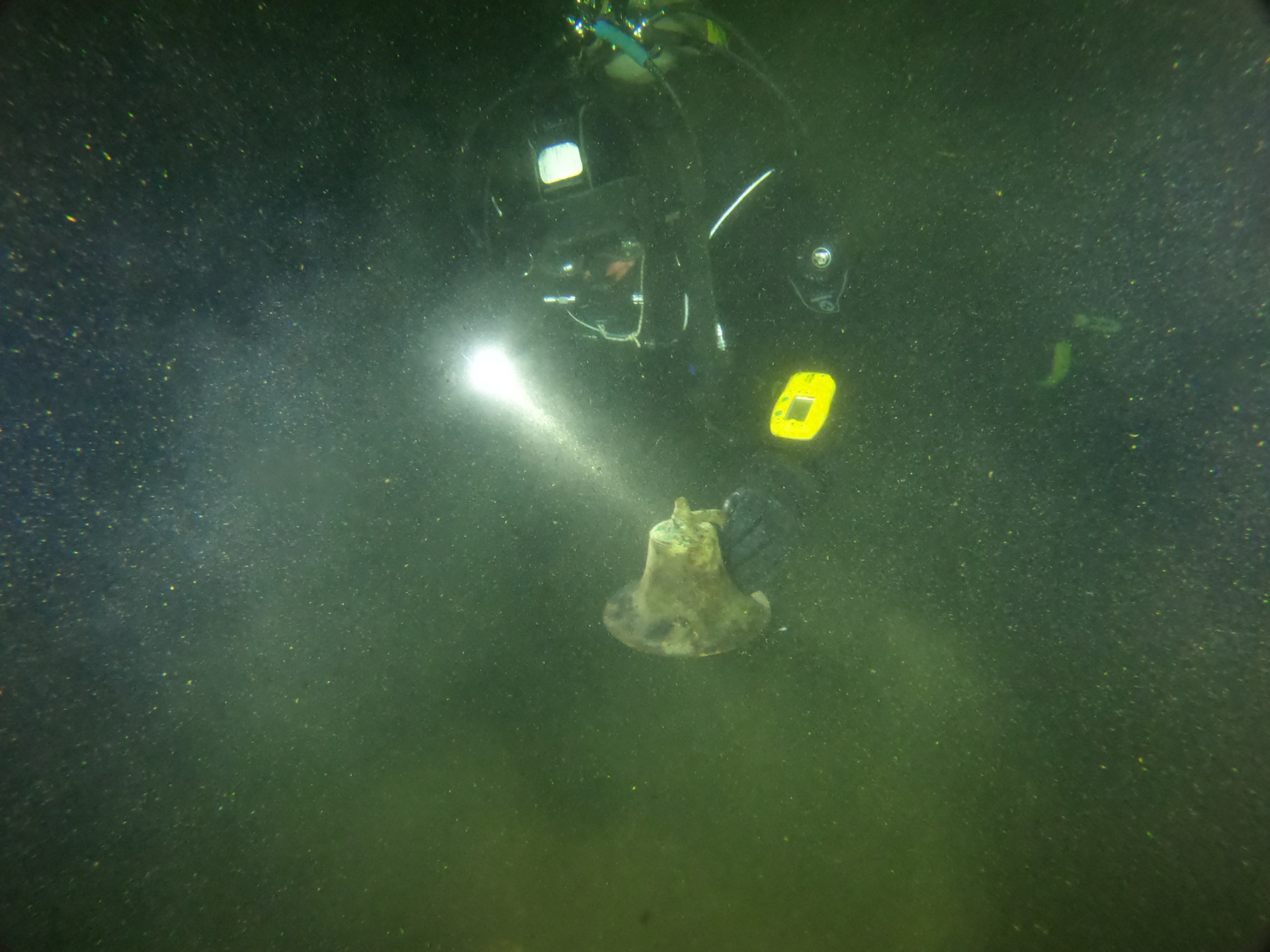The essence of the scientific method boils down to testing an idea and learning from the result. Sometimes, the results take you to different and unexpected places.
Just ask Erica Young, an associate professor of biological sciences at the University of Wisconsin-Milwaukee.
For the last three years, Young and collaborators John Berges (UW-Milwaukee) and Linda Graham (UW- Madison) and wastewater engineers AlgaXperts, backed by funding from Wisconsin Sea Grant, have been studying the efficacy of what seemed like a truly novel and important idea. The team wanted to take the copious amounts of Cladophora, a filamentous green benthic alga that’s choking the nearshore waters of Lake Michigan and use it to suck the copious amounts of phosphorus from wastewater effluent before it is released into the lake from Milwaukee’s municipal wastewater treatment facilities. In a nutshell, she hoped to use one annoying problem to solve another.
“We have increasing population pressure on wastewater treatment facilities and need to address this issue,” said Young. “No matter how well the water is treated, the phosphorus still goes back into the lake.”
That’s problematic for several obvious reasons. Massive amounts of phosphorus—from treated effluent and from agricultural and residential runoff—can promote even more algal growth on the lakes, drastically altering Lake Michigan’s nearshore food web. In places like Lake Erie, excessive amounts of nutrients have promoted algal growth and given the waters the consistency of thick pea soup. In places like Green Bay and the Gulf of Mexico, excess nutrients have resulted in eutrophication and massive dead zones.
The other problem is more long-term and potentially more serious, said Young. Some scientists have predicted that the world will run out of rock-based phosphate, which is used for production of agricultural fertilizers essential for crop production.
“Peak phosphorus – It’s the biggest idea you’ve never heard of!” she said.
Retrieving the dissolved phosphorus from wastewaters and retaining it for use in agricultural areas is critical to future food security.
Young believed that the algae could be used to strip nutrients (e.g., phosphorus, nitrogen) from wastewater, as a step in producing a nutrient-rich fertilizer source for farmers, or, alternately, use the nutrients to grow algal biomass for biofuels and/or pharmaceuticals production. To test this idea. she and a collaborative team that included algal biologists and a wastewater engineer gained support from the Milwaukee Metropolitan Sewerage District (MMSD), which agreed to host Young’s research team to use its tank facilities.
“We wanted to do the project on a large enough scale to anticipate how it could be incorporated into an urban wastewater treatment system,” she said. But as the project got underway, obstacles began to appear. By the time she and her team were ready to launch, MMSD was no longer in position to provide large tanks facilities for the research.
After raising sufficient capital on her own to continue, Young’s team retooled their approach for a much smaller-scale project. Rather than transplanting algae from Lake Michigan, they decided to grow algae in wastewater effluent in ten-foot long raceway tanks, skimming and harvesting it weekly to measure growth and nutrient content. The team did all it could to mimic the conditions the algae experience in natural stream ecosystems including growing the algae outdoors.
What they discovered wasn’t quite what they had predicted. The loadings of nitrogen and phosphorus remained very high in the effluent even after passing through the algal cultivation tanks.
“The algae grew quite well, but weren’t able to make much of a dent in the nutrient concentrations–the algae became saturated with nutrients way too quickly,’ said Young. “We quickly realized we needed a lot more biomass to make the bioremediation idea work.”
Other factors were also influencing nutrient processing, specifically bacteria.
“You also have a whole range of bacteria that influence nutrients in this type of environment,” explained Young. “If you leave the algae in the tanks too long, we think that bacteria begin to release nutrients back to the water.”
While that unexpected development seemed to scuttle the project’s primary objective of nutrient bioremediation of wastewater, it also raised another equally interesting scientific question, particularly for a basic scientist like Young—what is the relationship between the algae and the bacteria?
Young’s core idea is hardly dead; like any good scientist, she’s redirected her efforts. The team leveraged their research work into a Department of Energy/Joint Genome Institute Sequencing Project to explore the wastewater algal-bacterial communities.
“This will allow us to say what is going on here—what processes are taking place? Is methane being produced or taken up by the bacterial communities? What about carbon sequestration?”
The sequencing of metagenome and metatranscriptomes of the wastewater communities will allow the team to address these questions related to biogeochemical cycling of major nutrient elements.
“We are really excited by this potential to understand who is there and what they are doing in the communities!” Young said.
The algal bioremediation part of her original proposal, meanwhile, may end up being shifted to a different audience: Specifically, municipal operations in small towns that aren’t large enough to build a state-of-the-art water treatment plant, and don’t handle the massive amounts of treated water of a large urban center like Milwaukee. Large-scale dairy farms could be another possible user.
“This could be a low-tech alternative for them,” said Young, who noted that her research collaborators have begun to pursue that path in Wisconsin. “The key is doing this on a smaller scale that makes sense.”





